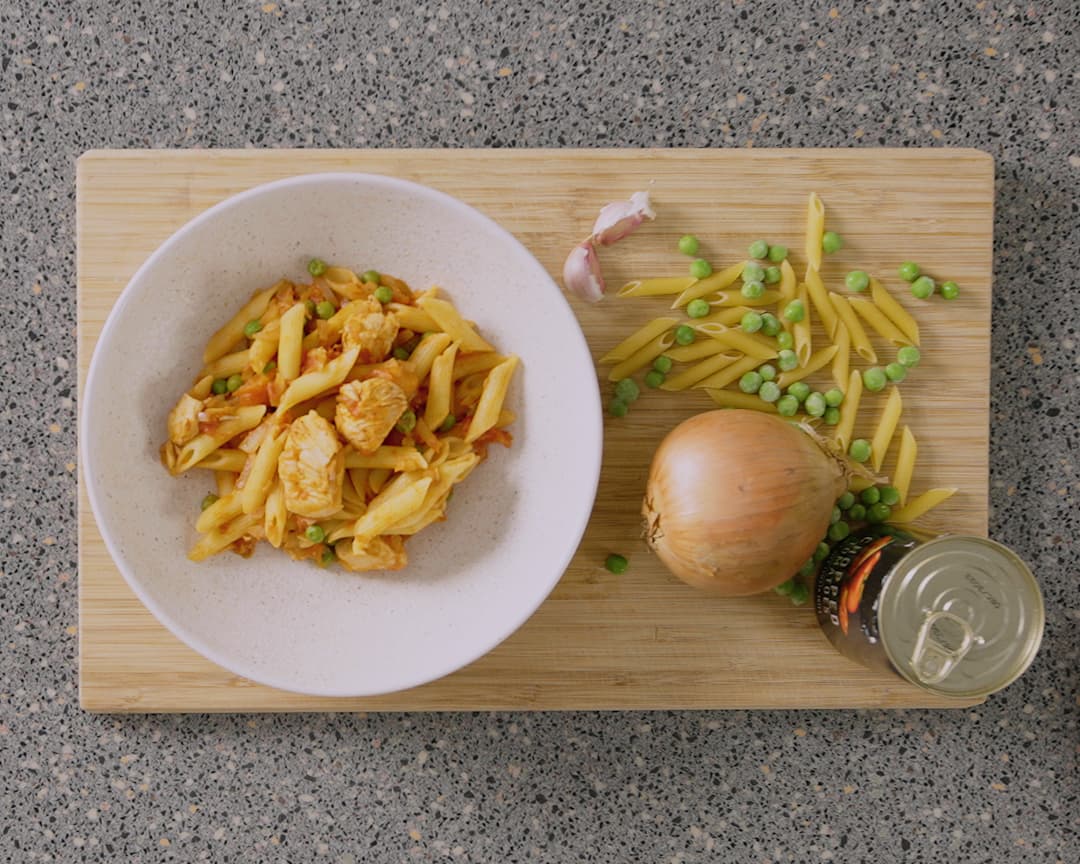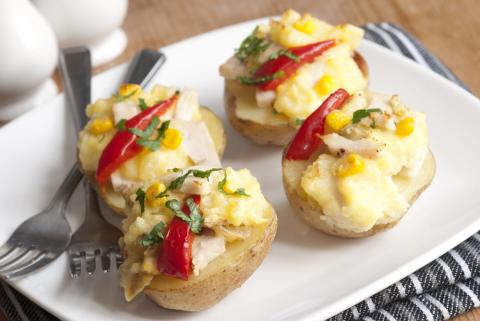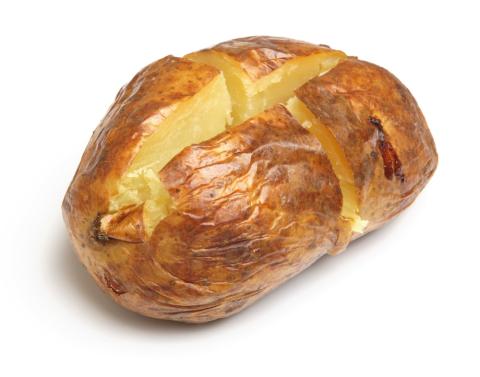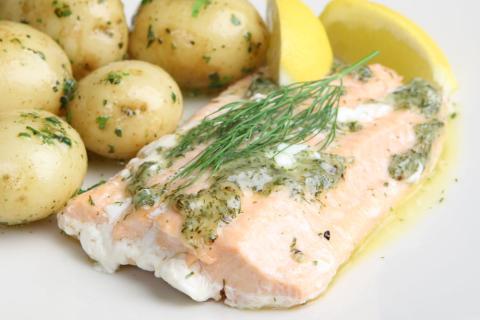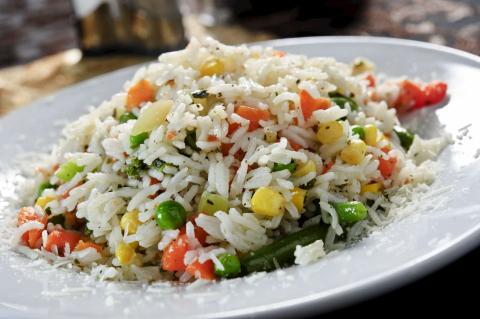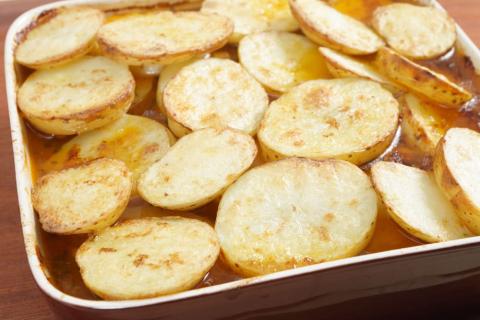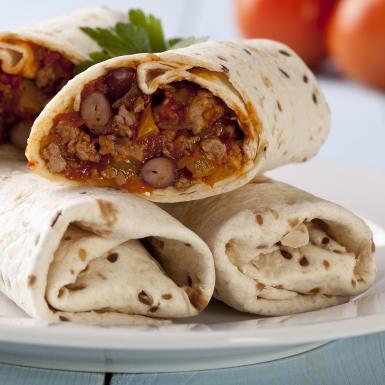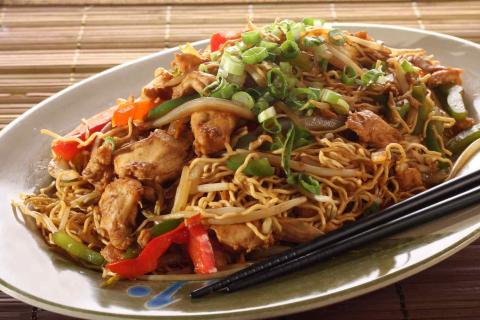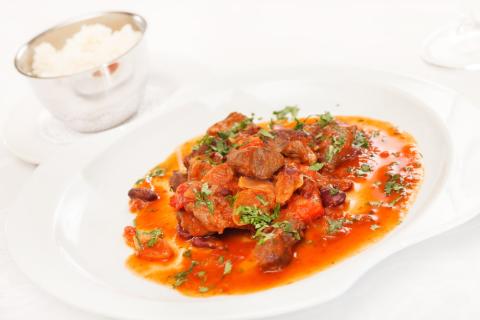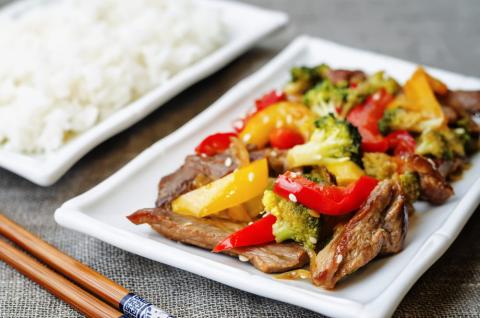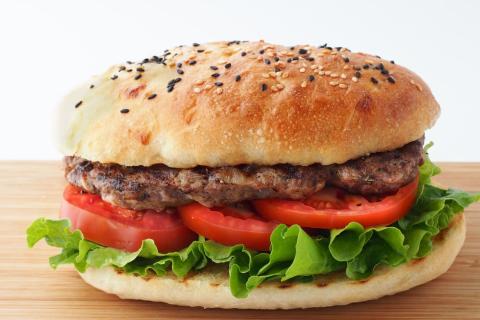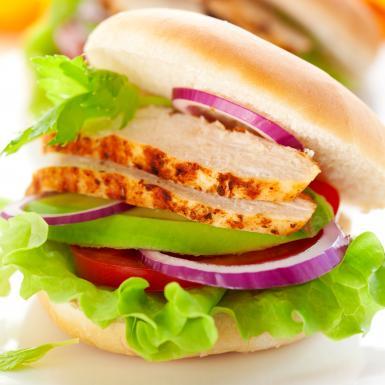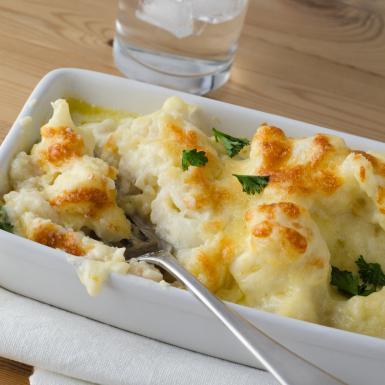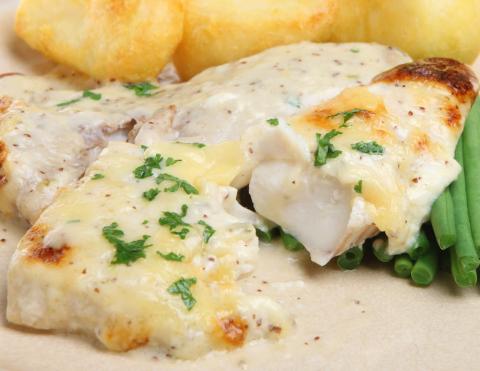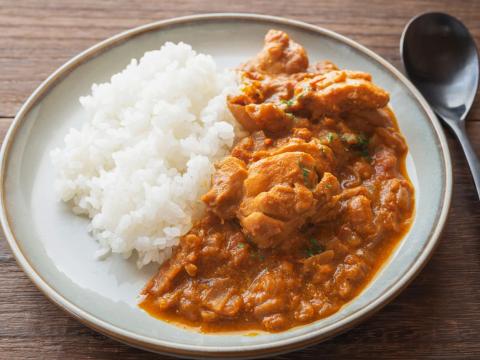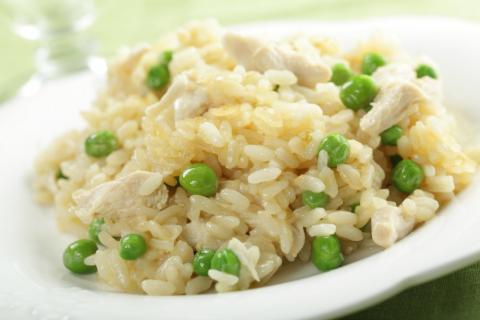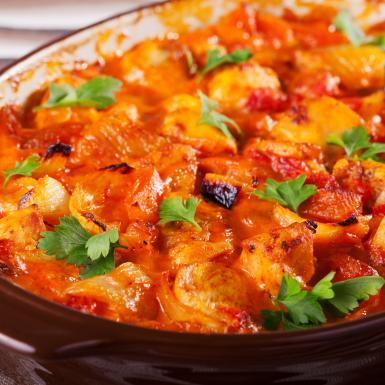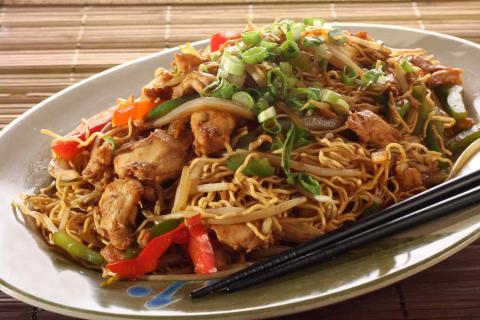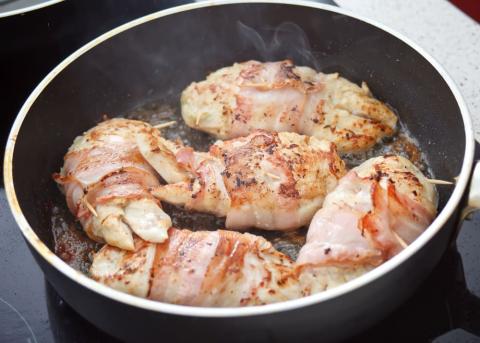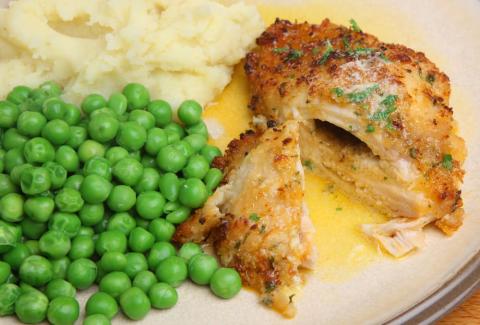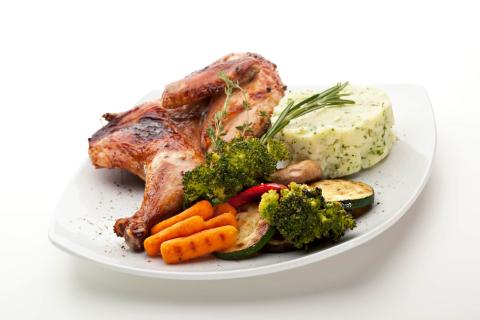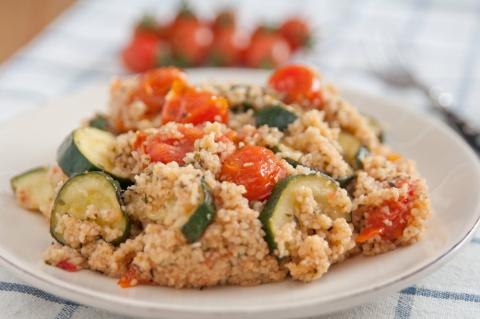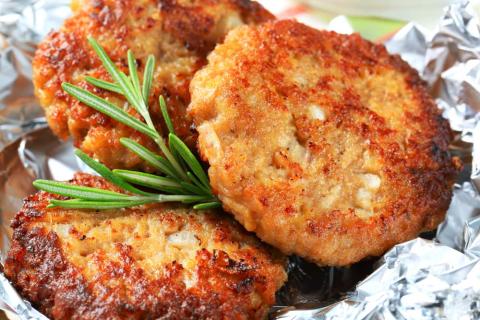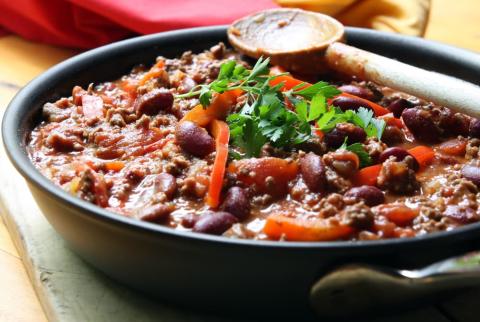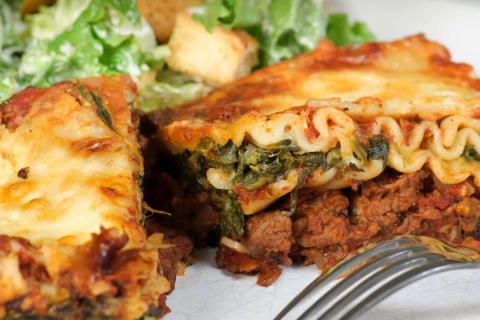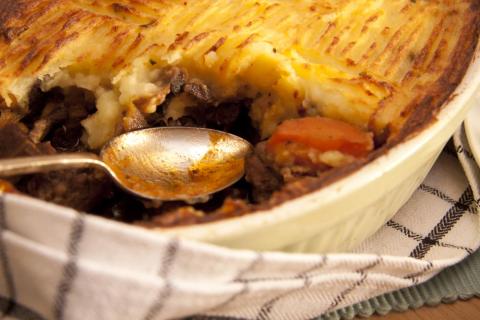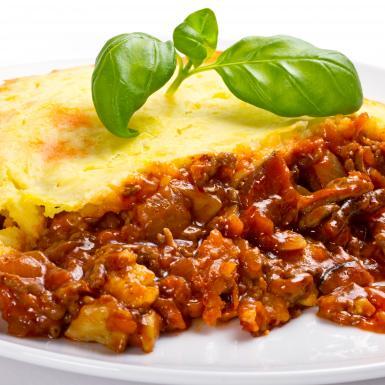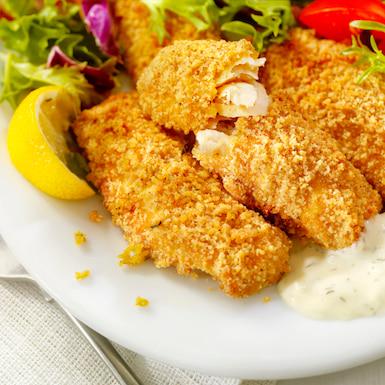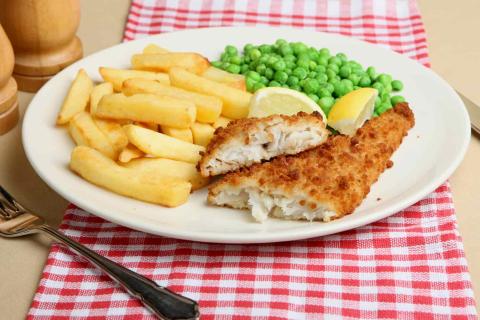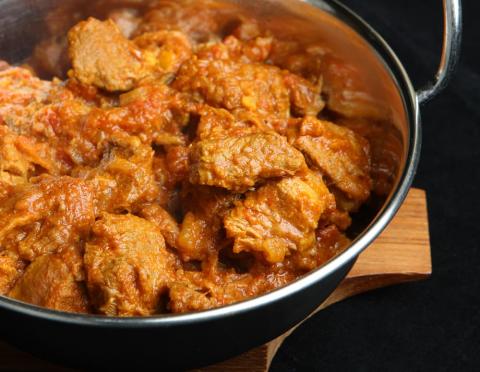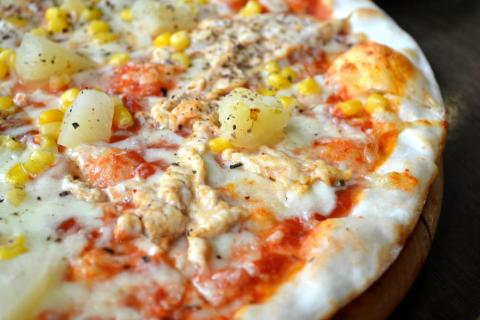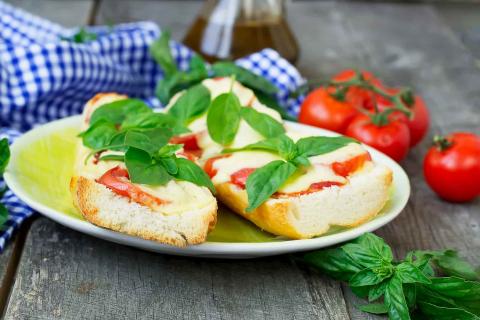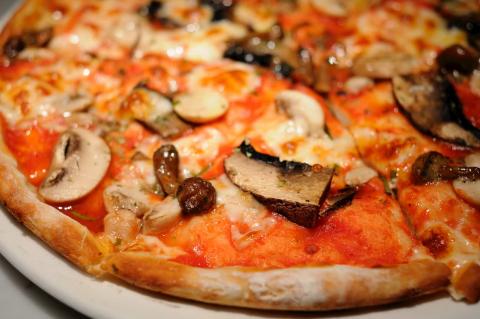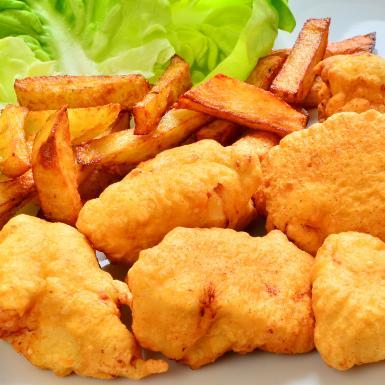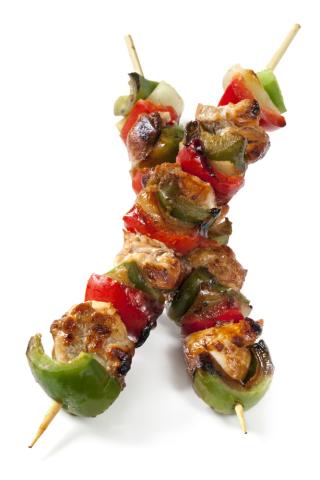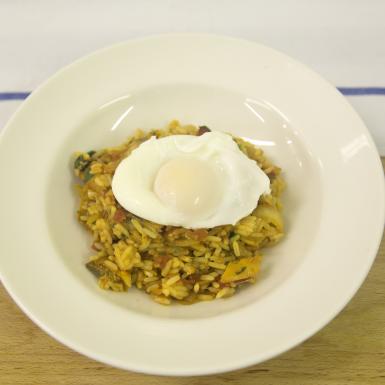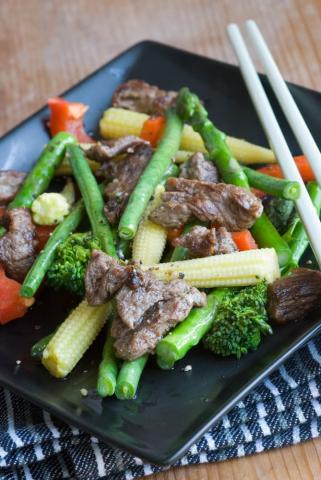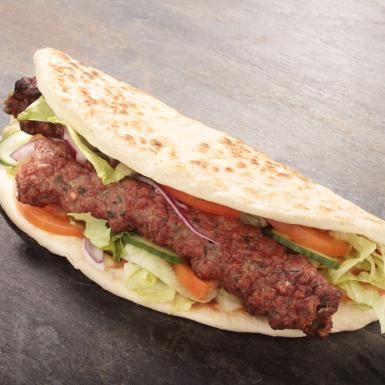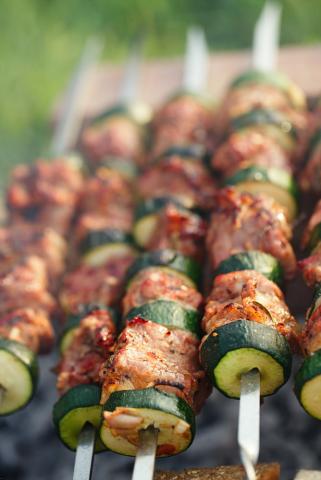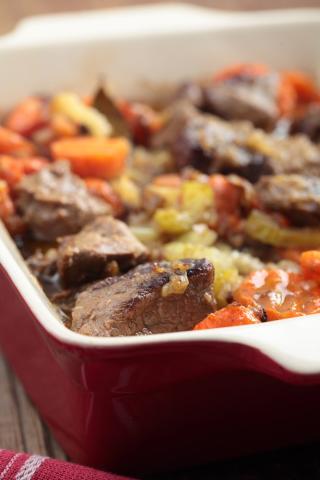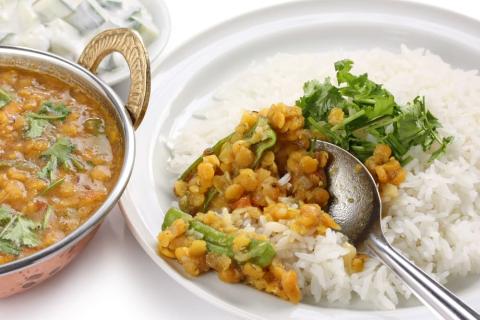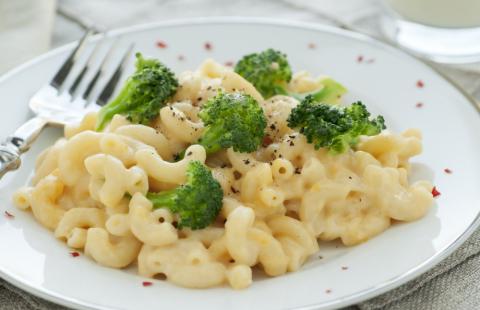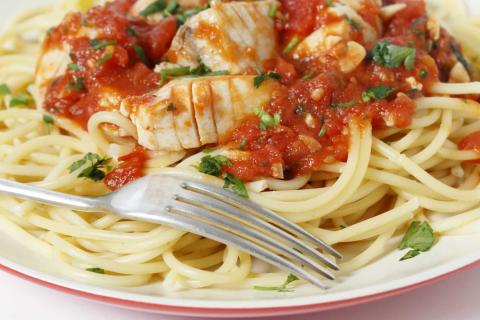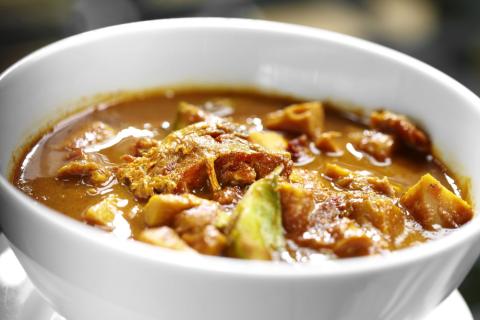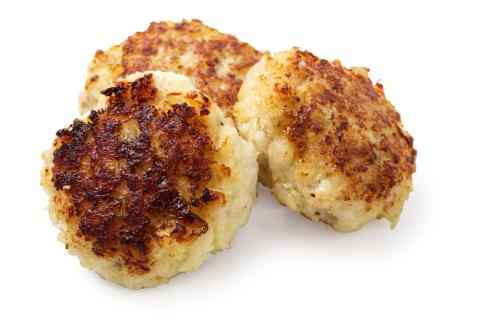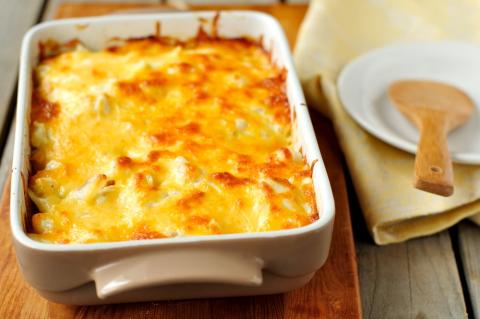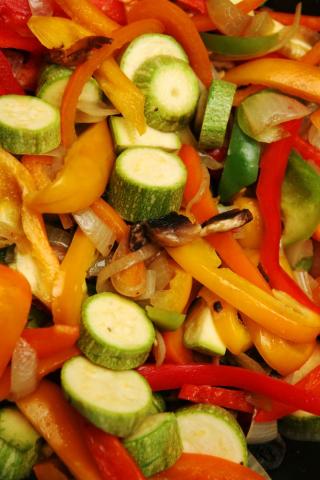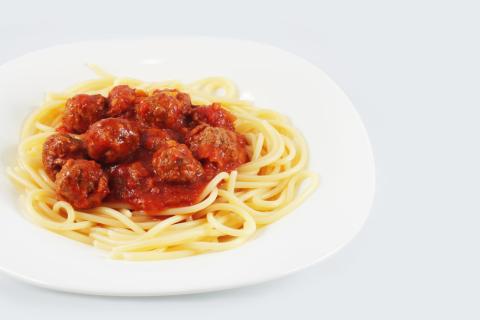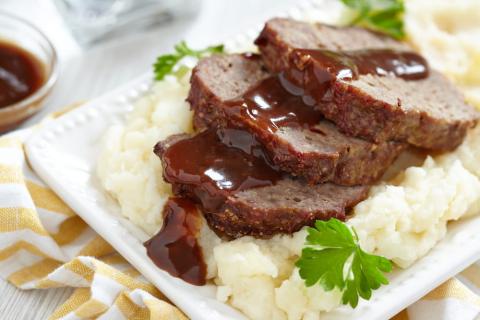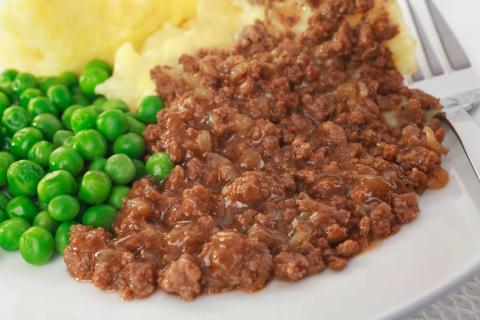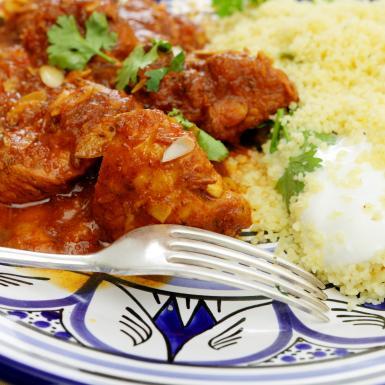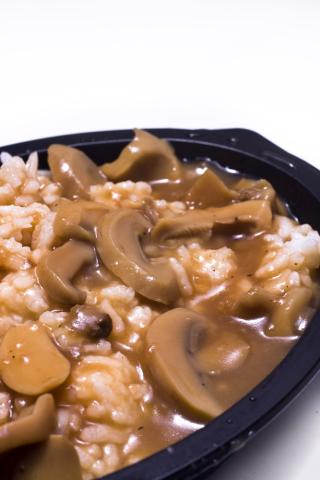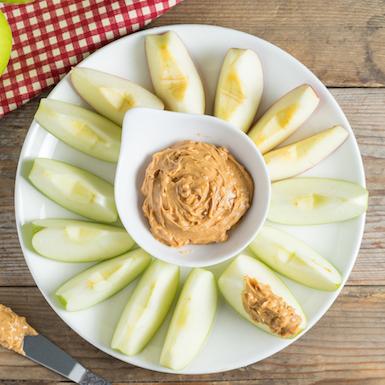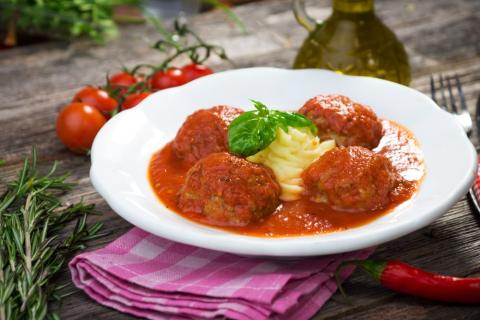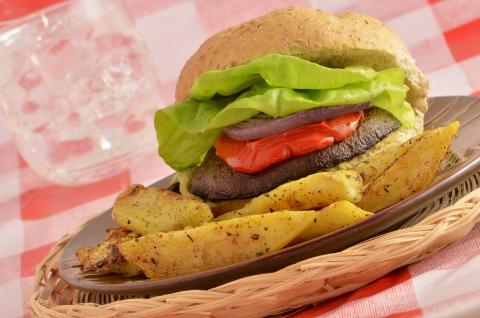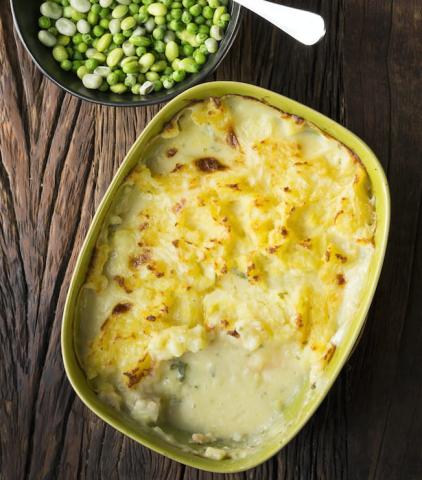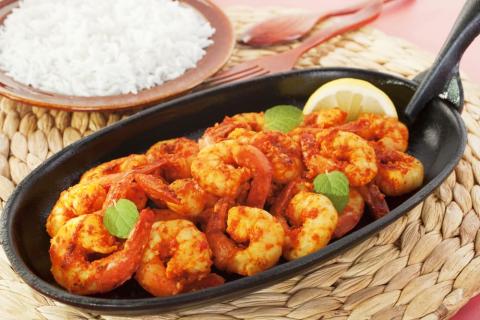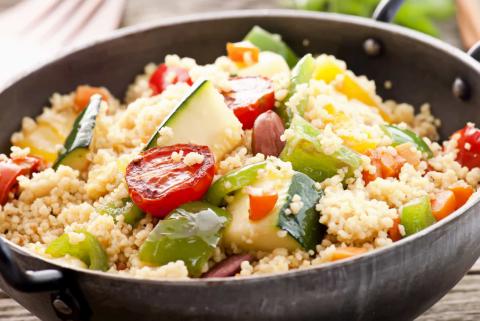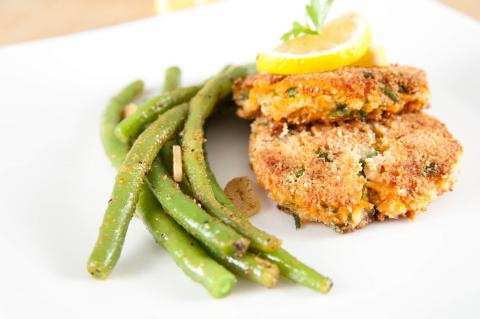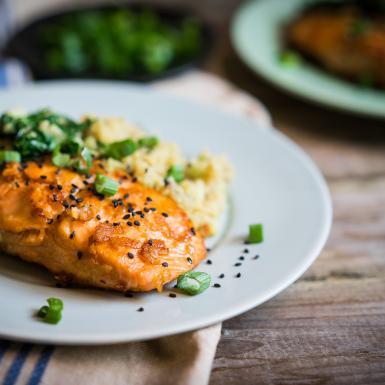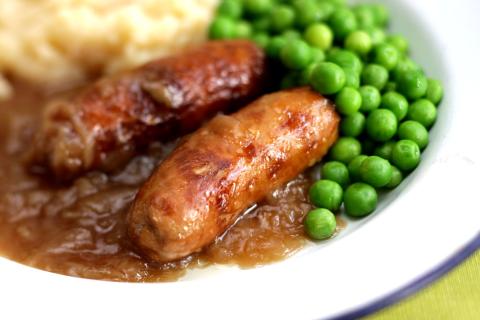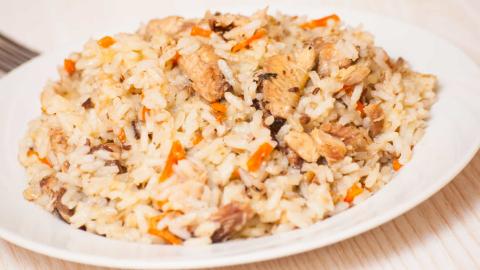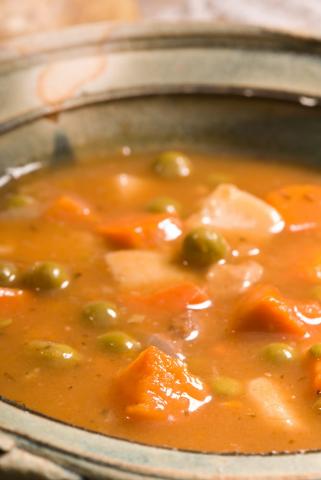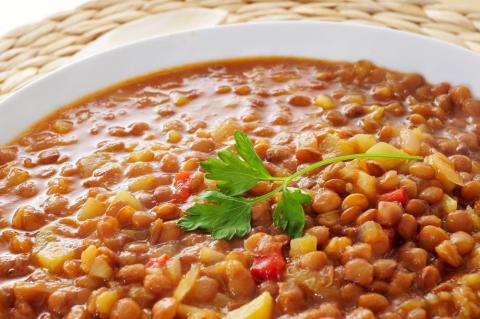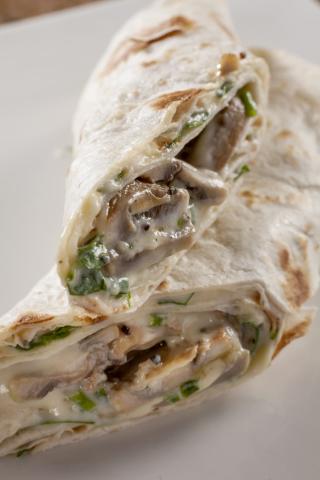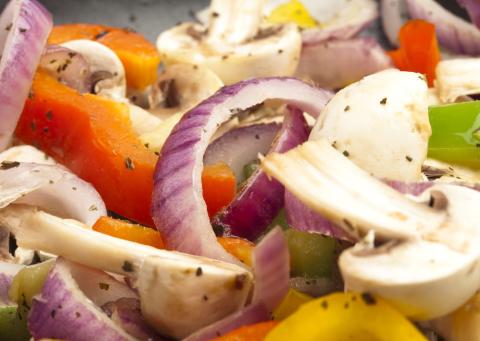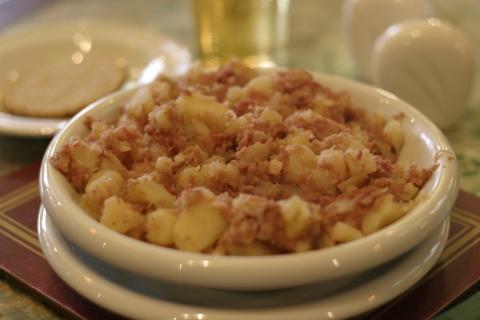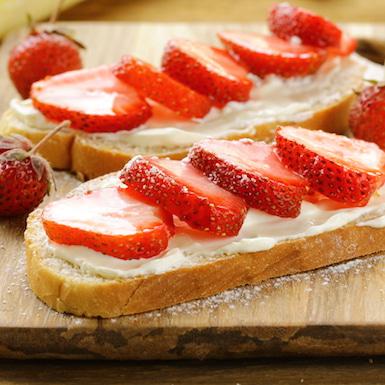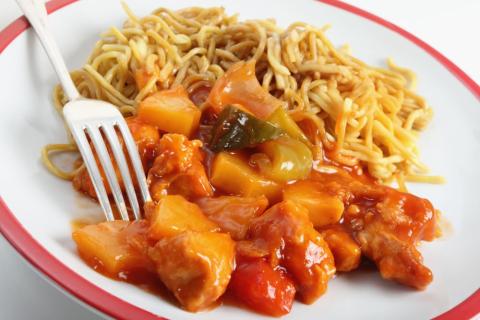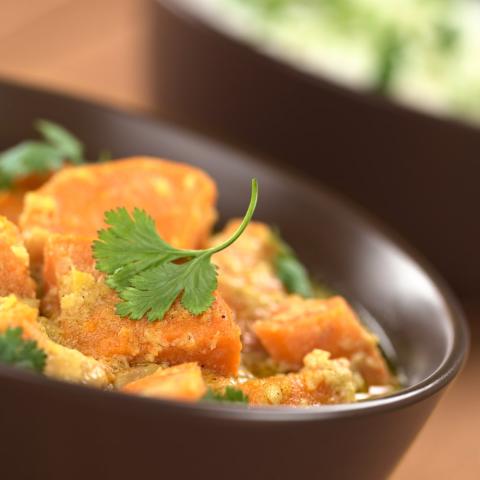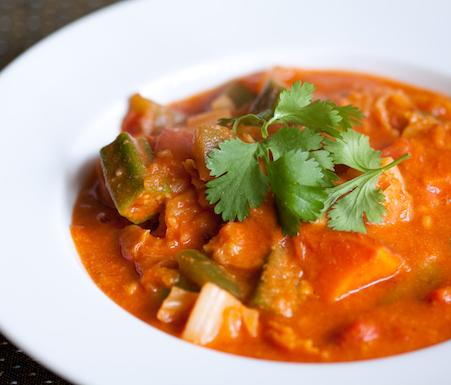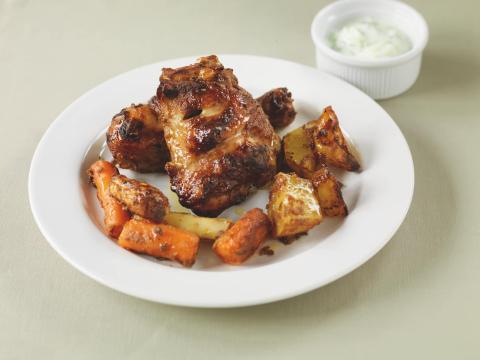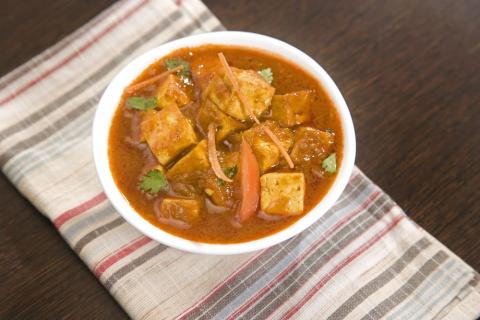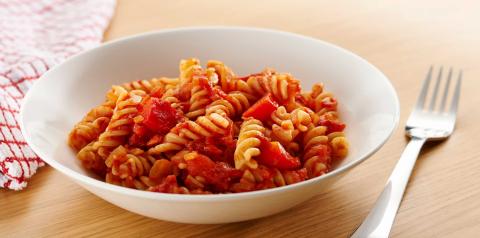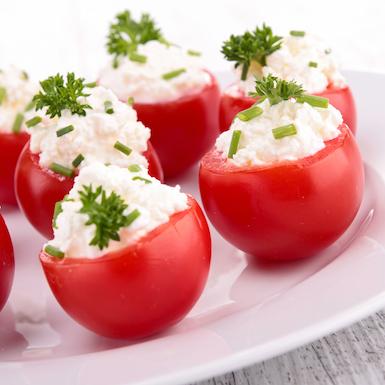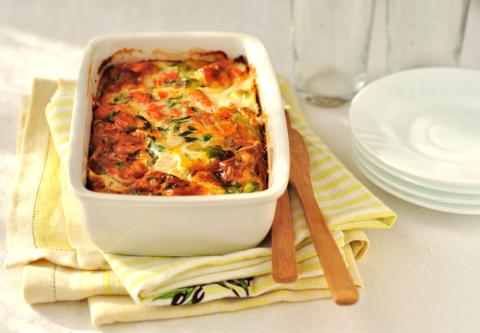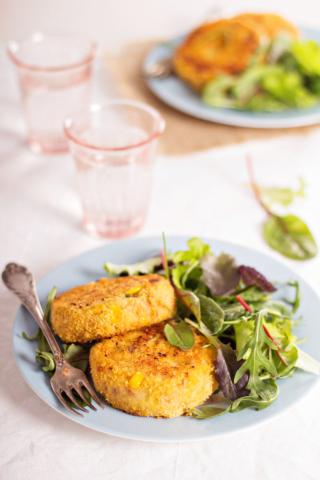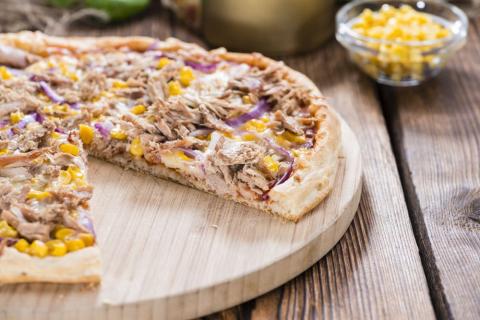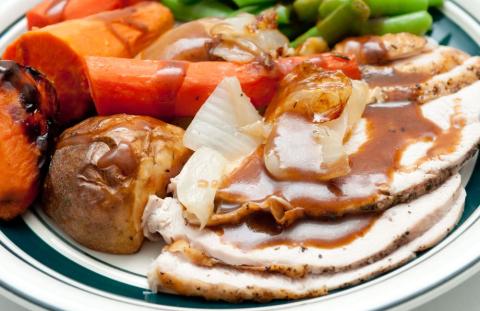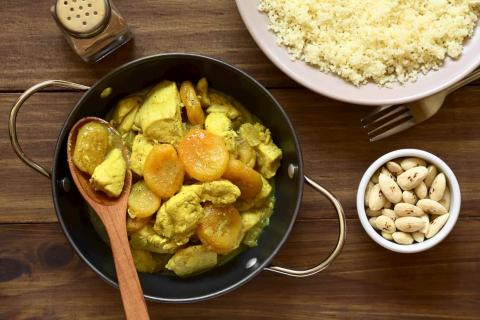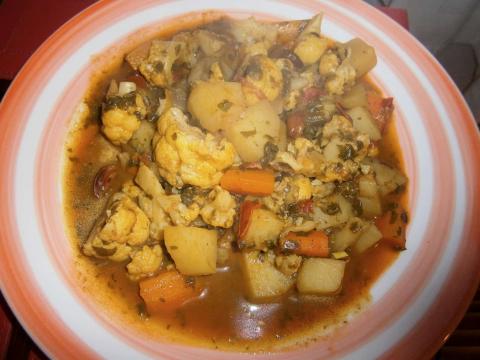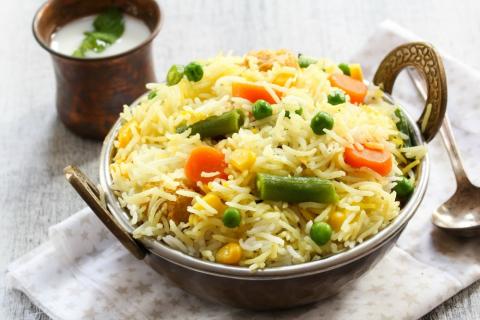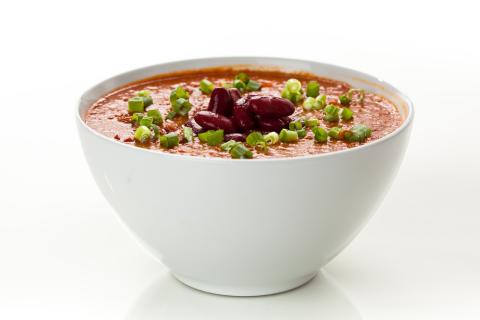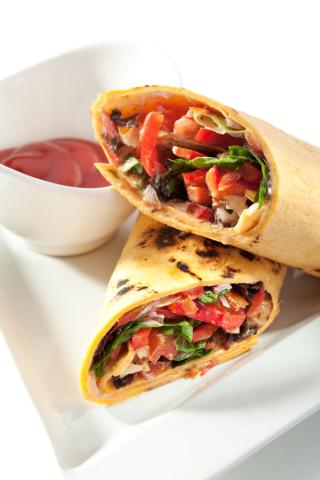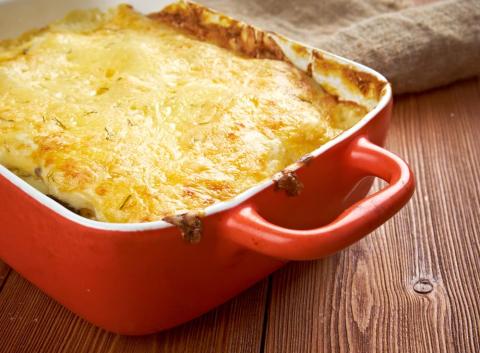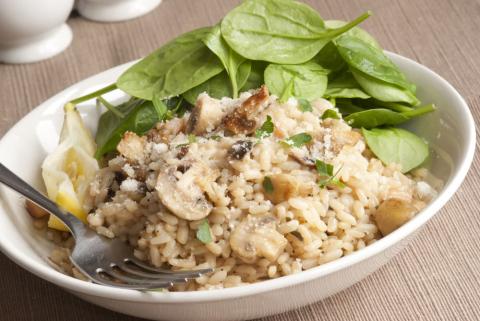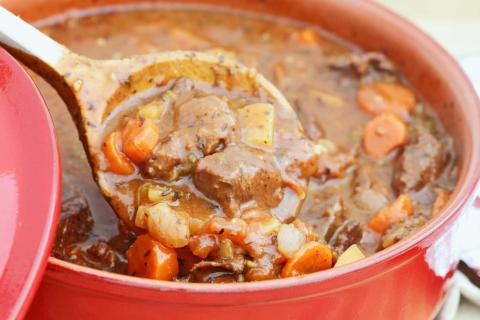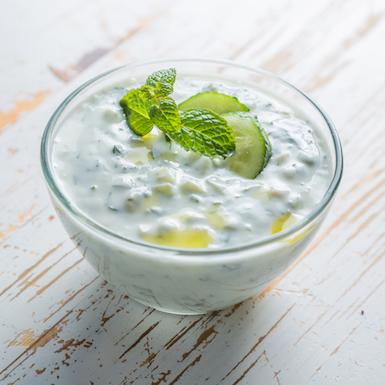- 4 Cups (300g) Pasta
- 3 (450g) Chicken Breasts
- 2 Medium Sized (300g) Onions
- 2 (6g) Garlic Cloves or 1 Teaspoon (5g) Garlic Puree
- 2 Tablespoons (20ml) Vegetable Oil
- 1 Cup (150g) Fresh or Frozen Peas
- 2 Tablespoons (30g) Tomato Puree
- 1 Can (400g) Chopped or Plum Tomatoes
- 1 Pinch Ground Black Pepper
Ingredients
Allergy Disclaimer
Always check the label of each ingredient for allergy warnings.
Method
- Cook the pasta as per manufacturer’s instructions and drain.
- Dice chicken into bite size pieces. Peel onion and dice. Finely chop or crush the garlic.
- Heat oil in a large pan then add chicken and cook until sealed (2-3 minutes).
- Add chopped onions and garlic and cook for 5 minutes.
- Add tomato puree, chopped tomatoes and peas along with any black pepper then stir. If using plum tomatoes, chop them up using a spoon when in the pan.
- Simmer gently for 5 minutes, then add pasta and heat through before serving.
Time Saver Tips
Don’t forget, as the pasta’s cooking you can make use of the time to get your other ingredients ready to go in. Talk about multitasking! You can also used pre-diced chicken instead of whole chicken and garlic puree instead of the garlic cloves, to save you some chopping. How about cooking some extra sauce and freezing it for a quick meal on another day?
Cost Saver Tips
Why not try using chicken thigh meat instead of breast? It’s cheaper and just as tasty. You could also buy pasta in bulk when it’s on offer. It’s always a good idea to see what vegetables you already have in your fridge or freezer to use in this. You could even pop in a can of tuna or salmon instead of chicken – just drain it and add it to the sauce. You could also use plum tomatoes instead of chopped tomatoes, as these are often cheaper.
Tips for Kids
You could ask your little one to choose some of their favourite vegetables. There are two of their five a day in this meal, but you can always add more! Pasta comes in all shapes and sizes too – what’s their favourite? Making up their mind about what goes into this might even make them more likely to tuck into it! An easy way to help get your kid eating more fibre is to give wholemeal pasta a go. Another simple option is to mix wholemeal with white pasta so they don’t even notice the difference. Just make sure and adjust cooking time, as it could take 2-4 minutes longer to cook.
Nutritional Information
Based on a single serving of 435g (% of an adult's reference intake)
Energy
464 kcals ( 23 %)
1,887 kJ ( 23 %)
Fat
0.9 g ( 5 %)
Saturates
64.8 g ( %)
Sugar
12.7 g ( 14 %)
Salt
0.2 g ( 0 %)
Detailed nutritional information
| Per 100g | Per 435g serving | |
|---|---|---|
| Energy Kcals | 107 | 464 |
| Energy Kj | 434 | 1,887 |
| Protein | 8.8 g | 38.2 g |
| Total Fat | g | g |
| Saturated Fat | 0.2 g | 0.9 g |
| Carbohydrates | 14.9 g | 64.8 g |
| Total Sugars | 2.9 g | 12.7 g |
| NSP Fibre | 1.7 g | 7.4 g |
| Sodium | 19 mg | 85 mg |
| Salt | 0 g | 0.2 g |
Find out about nutritional labelling
Nutrition labels on the front of packaging
- Most of the big supermarkets and many food manufacturers display nutritional information on the front of pre-packed food.
- Front of pack nutrition labels provide information on the number of grams of fat, saturated fat, sugars and salt and the amount of energy (in kJ and kcal) in a serving or portion of a recipe.
- The labels also include information about reference intakes (expressed as a percentage) which are guidelines about the approximate amount of particular nutrients and energy required for a healthy diet.
- The colour coding tells you at a glance if the food has high (red), medium (amber) or low (green) amounts of fat, saturated fat, sugars and salt.
- The more greens on the label, the healthier the choice
- Amber means neither high nor low, so you can eat foods with all or mostly ambers on the label most of the time.
- Reds on the label means the food is high in that nutrient and these are the foods we should cut down on. Try to eat these foods less often and in small amounts.
Food shopping tips
If you’re trying to decide which product to choose, check to see if there's a nutrition label on the front of the pack. This will help you to quickly assess how your choices stack up. You will often find a mixture of red, amber and green colour coding for the nutrients. So when you're choosing between similar products, try to go for more greens and ambers and fewer reds if you want to make a healthier choice.
 Activities & Play
Activities & Play Behaviour
Behaviour Childcare
Childcare Development & Growing Up
Development & Growing Up Family, Friends & Relationships
Family, Friends & Relationships Feeding Your Baby
Feeding Your Baby Food & Eating
Food & Eating Health & Safety
Health & Safety Mental Health & Wellbeing
Mental Health & Wellbeing Money & Work
Money & Work Online Behaviour & Safety
Online Behaviour & Safety Pregnancy & First Days
Pregnancy & First Days School & Education
School & Education Sleep
Sleep

